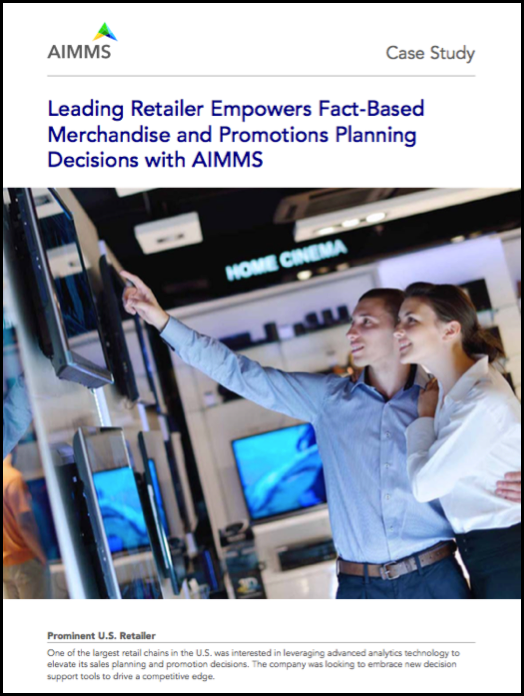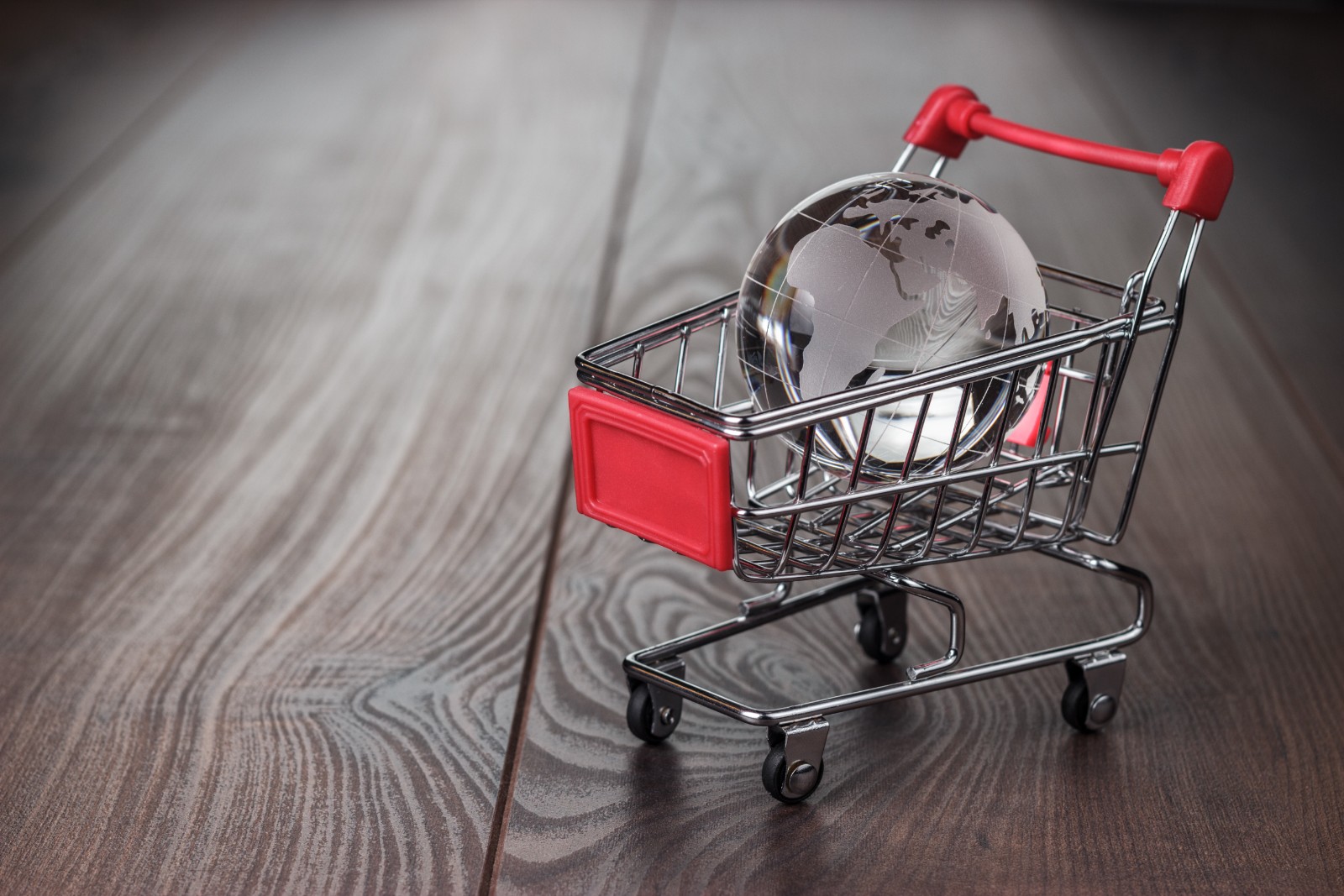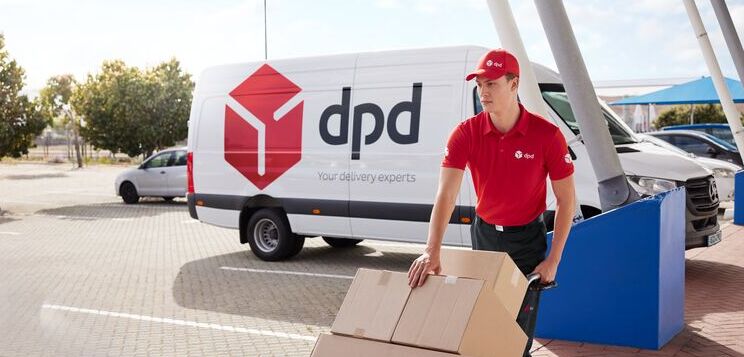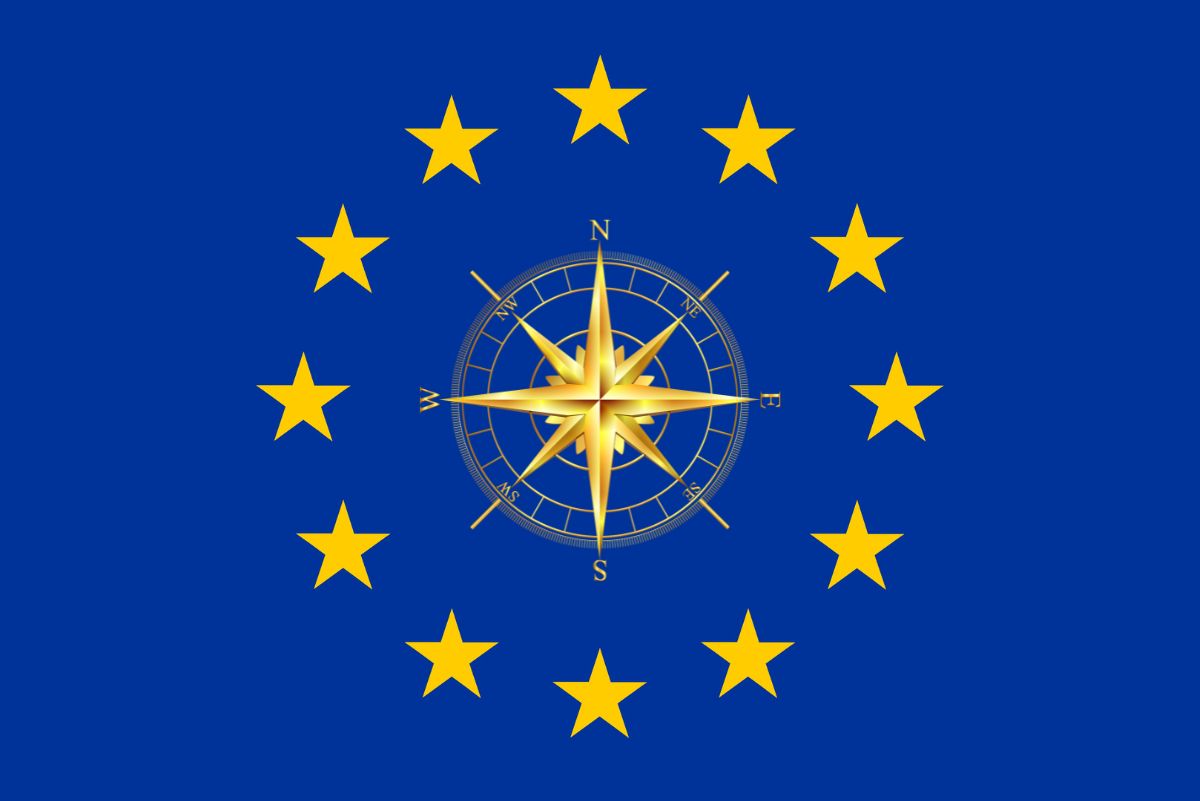What Your Company Needs to Succeed in Today’s Retail Landscape
 It’s no mystery that some of the world’s largest retail chains are struggling to survive. Walmart is closing a record number of stores (269) in the U.S. and abroad this year. Trusted names like Sears, J.C. Penney, and Gap have also lost their momentum. In Europe, V&D, a major Dutch department store, and Brantano, a large footwear retailer operating in the Netherlands, Belgium and the UK, have officially declared bankruptcy. Demand is sluggish and many have failed to adapt and streamline shopping experiences for today’s connected consumer. Still, even in the midst of this turmoil, retailers like Kroger and Zalando are thriving. What are these companies doing differently and what trends should retailers look out for? Let’s take a closer look.
It’s no mystery that some of the world’s largest retail chains are struggling to survive. Walmart is closing a record number of stores (269) in the U.S. and abroad this year. Trusted names like Sears, J.C. Penney, and Gap have also lost their momentum. In Europe, V&D, a major Dutch department store, and Brantano, a large footwear retailer operating in the Netherlands, Belgium and the UK, have officially declared bankruptcy. Demand is sluggish and many have failed to adapt and streamline shopping experiences for today’s connected consumer. Still, even in the midst of this turmoil, retailers like Kroger and Zalando are thriving. What are these companies doing differently and what trends should retailers look out for? Let’s take a closer look.
Key trends shaping today’s retail supply chain
Unmistakably, the biggest cause of retailers’ woes is changing consumer habits. Today’s shopper prefers to buy online and get products delivered at the best possible time and place, resulting in key shifts in the supply chain. A recent report from Auburn University summarizes these changes quite neatly:
- Inventory – consumer demand for flexible delivery times and pick-up options is changing inventory management. To succeed, companies will have to improve visibility, in-store accuracy levels, integration and technology capabilities.
- Labor and automation – the cost of labor is high, forcing retailers to examine the ROI of automation initiatives.
- Time – product fulfillment needs to happen quickly, and at low to no cost for the consumer. To match demand, retailers will need to adapt their volume and service requirements, boost store delivery frequency and explore new avenues like same-day shipping.
- Space – demand volatility and uncertainty create risk for managing large warehousing operations. To address this, retailers must use available infrastructure at full capacity even as they struggle with a large breadth of SKU assortments and volumes per channel.
- Transportation capacity and cost: carriers are more selective about which retailers they work with and parcel pricing strategies are changing. Retailers need to respond with innovative transportation strategies and packaging options, as well as training for employees.
- Margin of error: There is little room for mistakes. Retailers need to have air-tight fulfillment strategies to retain customers and manage their budgets very carefully to cut back on costs.
How are winning retailers navigating these challenges?
There are many success stories which prove that it’s possible to survive and even grow in today’s retail landscape. Macy’s, for instance, has de-centralized product distribution to better meet expectations. The company is using 500 stores as fulfillment centers to ensure customers can order from any store location and receive products on the same day if possible. What do Macy’s and other winning retailers have in common?
According to analysts from Gartner and SC Insights, successful retailers share the following disciplines:
- Consistency of leadership
- Strong horizontal processes
- Horizontal organizational alignment
- Technology implementations done right the first time
- Strong capabilities in supply chain planning and network design
- Source, make, and deliver reporting to a common leader
- Clarity of supply chain strategy and a clear definition of supply chain excellence
 Let’s look at a case in more detail. A large U.S. retailer was experiencing the effects of increasing competition, changing consumer habits and tastes and pricing/margin pressure. In addition, each of their category managers was evaluating suppliers and conducting sales planning independently. Everyone had their own spreadsheet and tracking process. There was a tremendous opportunity to conduct planning and cost management holistically and provide enhanced analytic support for decision-making to all category managers. The team was struggling to answer questions such as:
Let’s look at a case in more detail. A large U.S. retailer was experiencing the effects of increasing competition, changing consumer habits and tastes and pricing/margin pressure. In addition, each of their category managers was evaluating suppliers and conducting sales planning independently. Everyone had their own spreadsheet and tracking process. There was a tremendous opportunity to conduct planning and cost management holistically and provide enhanced analytic support for decision-making to all category managers. The team was struggling to answer questions such as:
- Which of the supplier suggested promotions to adopt?
- What amount of funding to allocate to which promotional activity?
- What new or replacement items to introduce, and when?
- How to modify the overall product assortment for each category?
- How to best cater to continuously changing customer preferences?
To address this, the retailer decided to develop a new process for sales planning and cost management. An integrated optimization platform was created with AIMMS technology and is now used across dozens of categories to help the merchandising team identify the optimal scenarios in a dynamic environment. The results included:
- Significant ROI
- A collaborative forum for suppliers to participate in joint
sales planning - A more efficient use of trade funding
As illustrated in this example, there needs to be strong organizational alignment, as well as a clear goal and strategy supported by the right technology to meet challenges head on.
Watch our webinar and uncover the possibilities
Ready to join the list of retail success stories? Interested in new ideas that help you gain a competitive edge? Watch our webinar to hear about more trends as well as innovative use cases for supply chain analytics.
What our readers are saying
Comments are closed.






Amazing, thanks for sharing